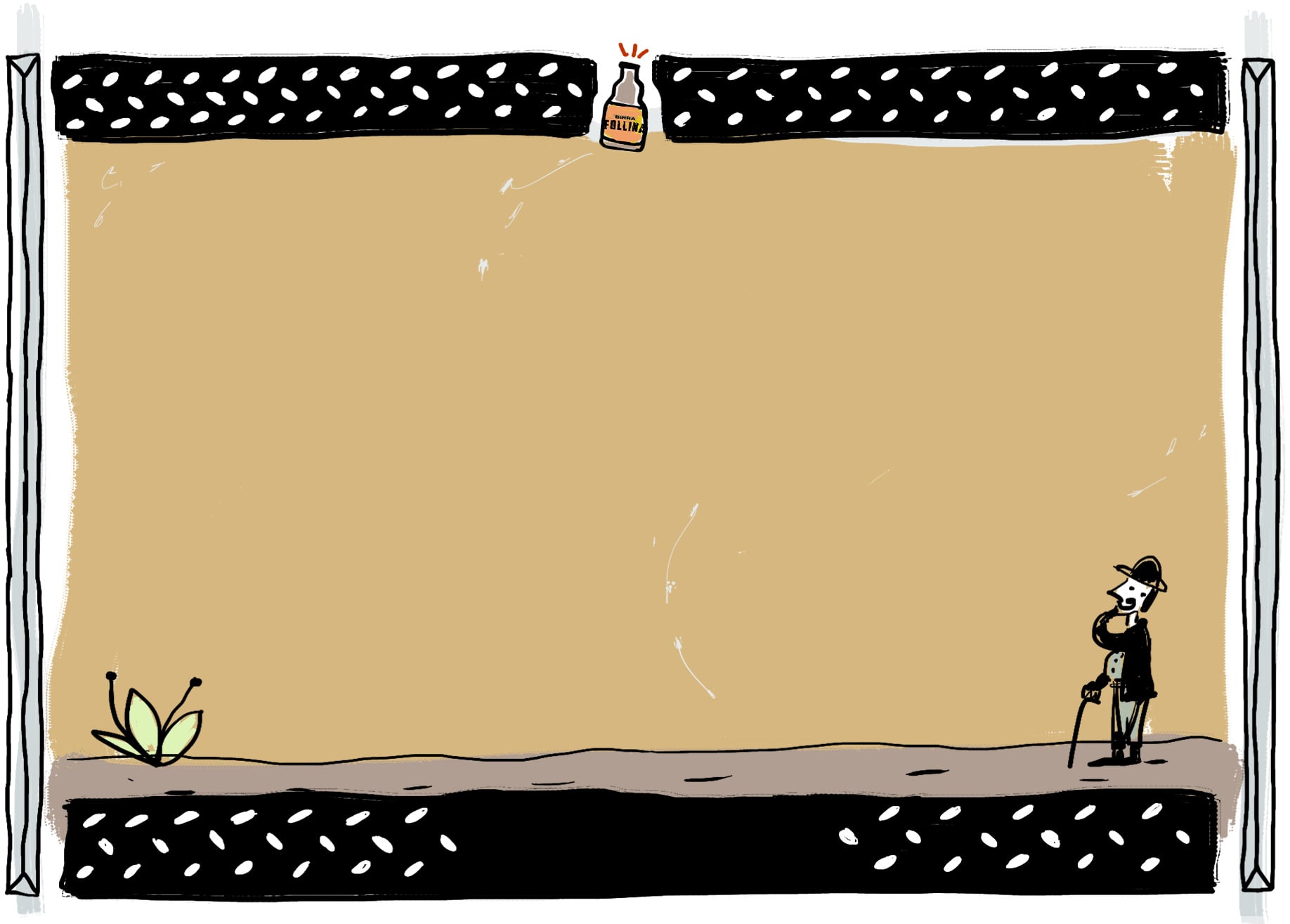
Water
Beer is mostly made of water. And as such it is the water, even before we get to the recipe, that makes a beer unique. Our factory is located along the banks of the River Soligo, where it meets the Follina tributary, one of the shortest watercourses in Italy, and is surrounded by the green foothills of Treviso. Water, then, that is naturally pure, a true gift from nature and this splendid area.

Yeast
n. s. [Lat. *lĕvĭtum from the Class. Lat. levatum, past participle of levare ‘to raise’]
Yeasts are particularly kind and generous microorganisms, because they turn sugars into alcohol and carbon dioxide: in other words, they are responsible for the transformation of wort into beer (thanks to a process that’s technically called fermentation). Not only that: they also help to give it flavour and aroma. The yeasts we use to produce our beers fall into the large family of Saccharomyces cerevisiae, therefore giving us top-fermented beers. The strain that we use in our production was selected with the aim of giving our beers specific characteristics, depending on the type.

Hops
n. p. [from Medi. Lat. lupulus, der. of Class. Lat. lupus 'wolf', which in Pliny is the name of a herb (prob. hops themselves)].
One of the four ingredients of our beers, it performs a dual action: gives the wort its aromas and its characteristic bitter note, and acts as a natural preservative maintaining the beer’s characteristics over time (throughout history, it has always been the key to worldwide distribution of our beloved beverage).
The delicate, floral aroma with a hint of spice that our beers have is conferred by the interaction between our yeasts and special hops that we mainly select from Germany.

Malt
n. s. [from Eng. malt]
Essentially, malt is grains of cereals (mainly barley and wheat, but rice, spelt, rye etc. can also be used) that are hydrated to make them sprout, then dried again and finally roasted. This process, known as malting, is essential to beer production, as malted cereals, as opposed to untreated cereals, contain (aside from starch) enzymes that are formed during the malting process. These are responsible for the transformation of starch into fermentable and unfermented sugars during the mixing stage that can then be transformed into alcohol. Malt determines the beer’s body and colour. For top-fermented beers, as in our case, other cereals may be used in addition to barley: we use special blends of different malts, selected for each of our different recipes.

Passion
Our secret ingredient. Why? Come and visit us, let us tell you the story of the birth of the brewery and the many anecdotes surrounding it, or simply enjoy a pint with friends: you’ll find out why.



